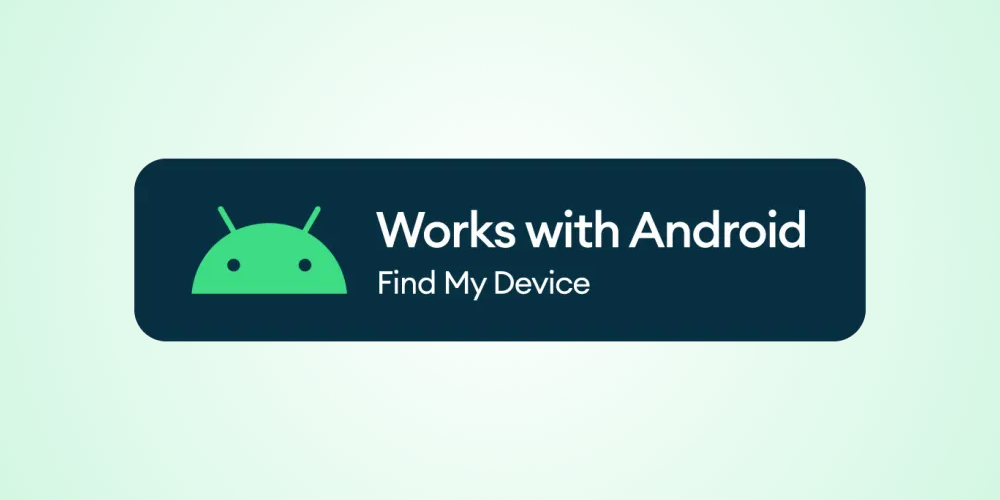Google has long had a built-in service aptly named “Find My Device” for tracking and locating Android devices. However, thanks in large part to the Apple AirTag, people want to be able to track more than their phones. Google revamped the “Find My Device” service in response—here’s what you need to know.
What Is the Find My Device Network?
Google’s “Find My Device” network is essentially Android’s version of Apple’s “Find My” network—big surprise. It allows you to locate missing accessories that you’ve set up with your Google account. The general idea is you can open the Android app and see a list of your devices and where they are on a map.
It should be noted that there’s a difference between “Find My Device” and the “Find My Device Network.” Google has long had a “Find My Device” service for phones, tablets, and smartwatches. It allows you to see their location on a map and remotely make the ring, lock the screen, or factory reset. This typically relies on the device being powered on and connected to the internet.
Devices can be marked as “lost,” which will allow you to leave a phone number, email address, and a message on the lock screen. If the device doesn’t have a lock screen, someone can see the information by holding it to the back of their phone oir tablet. When a device is marked as lost, you get notified when its location has been detected.
You can also share devices with other people. For example, imagine you have a tracker placed in a backpack. You could share Find My Device access with your partner so you can both keep tabs on it while on a trip. The Find My Device network will also notify you if an unknown tracker appears to be following you, which is something Google and Apple are working on together.
It Uses Crowdsourcing to Find Devices
“Find My Device” is the entire product, but the “Find My Device Network” is one way in which you can actually find your lost devices. It’s all about crowdsourcing, and it’s particularly important for Bluetooth trackers that don’t have their own internet connections to rely on.
By default, every Android device is opted into Google’s Find My Device network—the same way that Apple’s Find My network operates. Let’s say you have a Chipolo CARD Point in your wallet, and you left it behind somewhere. When you mark it as “lost,” nearby Android devices in the Find My Device Network will detect the tracker, and the location will be reported back to you.
That’s how it can help you, but, of course, it goes both ways—your Android device can also help others. Here’s what Google says about the privacy of your location when used to locate devices.
Your devices’ locations will be encrypted using the PIN, pattern, or password for your Android devices. They can only be seen by you and those you share your devices within Find My Device. They will not be visible to Google or used for other purposes.
Which Devices Work With Google Find My Device?
Google’s Find My Device service is compatible with a wide range of devices. First, all Android phones, Android tablets, and Wear OS smartwatches are supported right out of the box with no setup required. Select Bluetooth trackers from Chipolo, Pebblebee, and Motorola are also supported as long as you set them up with the Find My Device app. Headphones and earbuds from Google, Sony, JBL, and others can be tracked as well.
More devices are being added all the time, so you’ll want to look for the “Works With Android Find My Device” label to be sure it’s compatible.
How to Opt-out of the Find My Device Network
As mentioned, all Android devices are automatically opted into the Find My Device Network as of April 2024. This is what enables the crowdsourcing ability that makes it possible to locate missing devices that are out of your range. However, you can choose not to participate.
To opt out of the Find My Device Network, grab your Android device and go to Settings > Google > Find My Device. Toggle off “Use Find My Device.” Simple as that.
The next time your precious device vanishes, don’t panic. Whether you need to locate a lost phone or activate a remote wipe, this free tool is a valuable asset for any Android user. It offers some peace of mind for those valuable objects in your life.




![Connect Pro: World’s first 100W magnetic USB cable with LED power reader [Video]](https://techtelegraph.co.uk/wp-content/uploads/2024/06/Chargeasap-ConnectPRo--218x150.jpg)